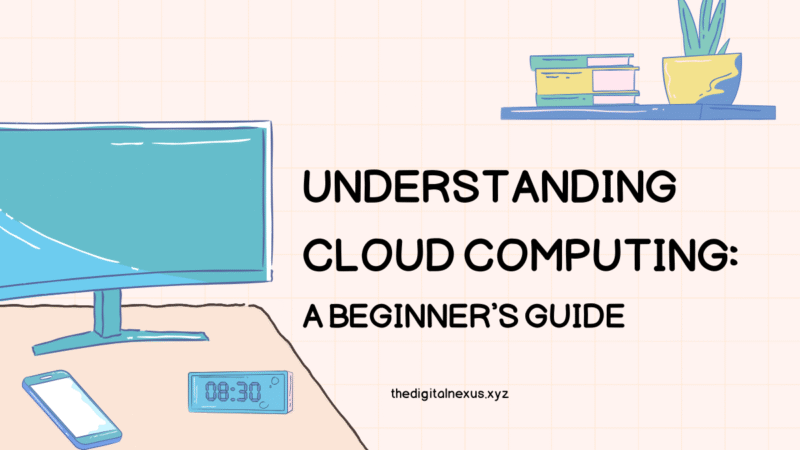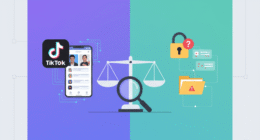You hear the term everywhere: in tech news, job descriptions, and development meetings. But what exactly is cloud computing? In simple terms, it’s the delivery of computing services—including servers, storage, databases, networking, software, and intelligence—over the Internet (“the cloud”). Instead of owning your own computing infrastructure, you can rent access to everything you need from a cloud provider like Amazon Web Services (AWS), Google Cloud, or Microsoft Azure.
For developers, AI practitioners, and IT professionals, understanding the cloud is no longer optional. It’s the backbone of modern application development, data science, and scalable operations. This guide will break down the essential concepts and provide a clear roadmap for your learning journey.
The Core Models of Cloud Computing
Cloud services are typically categorized into three main models, each offering a different level of control and management.
1. Infrastructure as a Service (IaaS)
This is the most basic category. With IaaS, you rent IT infrastructure—servers, virtual machines, storage, and networks—from a cloud provider on a pay-as-you-go basis. It’s like leasing the land and building materials; you have full control over building whatever you want, but you also have to manage the operating systems and applications. Example: Amazon EC2, Google Compute Engine.
2. Platform as a Service (PaaS)
PaaS provides an on-demand environment for developing, testing, delivering, and managing software applications. It’s designed to make it easier for developers to quickly create web or mobile apps, without worrying about setting up or managing the underlying infrastructure of servers, storage, and databases. Example: Heroku, Google App Engine.
3. Software as a Service (SaaS)
SaaS is a method for delivering software applications over the Internet, on demand and typically on a subscription basis. With SaaS, cloud providers host and manage the software application and underlying infrastructure and handle any maintenance. You simply connect to the application over the Internet, usually with a web browser. Example: Google Workspace, Dropbox, Salesforce.
A Study Roadmap for Cloud Computing
Navigating the cloud can seem daunting, but a structured learning path can make it manageable. This roadmap is designed to take you from novice to proficient.
Phase 1: Mastering the Fundamentals (Months 1-2)
- Understand Computer Networking: Learn the basics of IP addresses, DNS, TCP/IP, and HTTP. You can’t build on the cloud without understanding how the internet works.
- Learn an Operating System: Get comfortable with the command line in Linux. Most of the world’s servers run on Linux, and proficiency is a must.
- Grasp Virtualization: Understand how virtual machines (VMs) and containers (like Docker) work. These are the core technologies that make the cloud possible.
Phase 2: Choose a Platform & Get Certified (Months 3-5)
- Pick a Major Provider: Choose one of the big three—AWS, Azure, or Google Cloud Platform (GCP)—and stick with it initially. AWS is the market leader and a great place to start.
- Study for a Foundational Certification: Prepare for an entry-level certification like AWS Certified Cloud Practitioner or Azure Fundamentals (AZ-900). The structured curriculum is one of the best ways to learn the platform’s core services. Many excellent courses are available on platforms like freeCodeCamp.
- Practice with a Free Tier Account: All major providers offer a free tier. Use it to get hands-on experience with launching servers, configuring storage, and setting up a simple network.
Phase 3: Specialize and Build (Ongoing)
- Dive Deeper into a Domain: Specialize in an area that interests you. This could be Cloud Security, DevOps, Serverless Architecture, or Machine Learning.
- Build a Project: The best way to learn is by building. Deploy a web application, set up a data pipeline, or train and deploy a machine learning model. As you grow, you can apply these skills by following our guide on implementing AI tech, which heavily relies on cloud platforms.
- Learn Infrastructure as Code (IaC): Master tools like Terraform or AWS CloudFormation to manage and provision your cloud infrastructure through code, which is a critical skill for any serious cloud professional.
Cloud computing is a vast and ever-evolving field, but every expert started with the basics. By following a structured path and committing to hands-on practice, you can build a powerful skill set that will unlock new opportunities in your tech career.
What does your cloud learning roadmap look like? Share your own study plans and your thoughts on this guide in the comments below!






